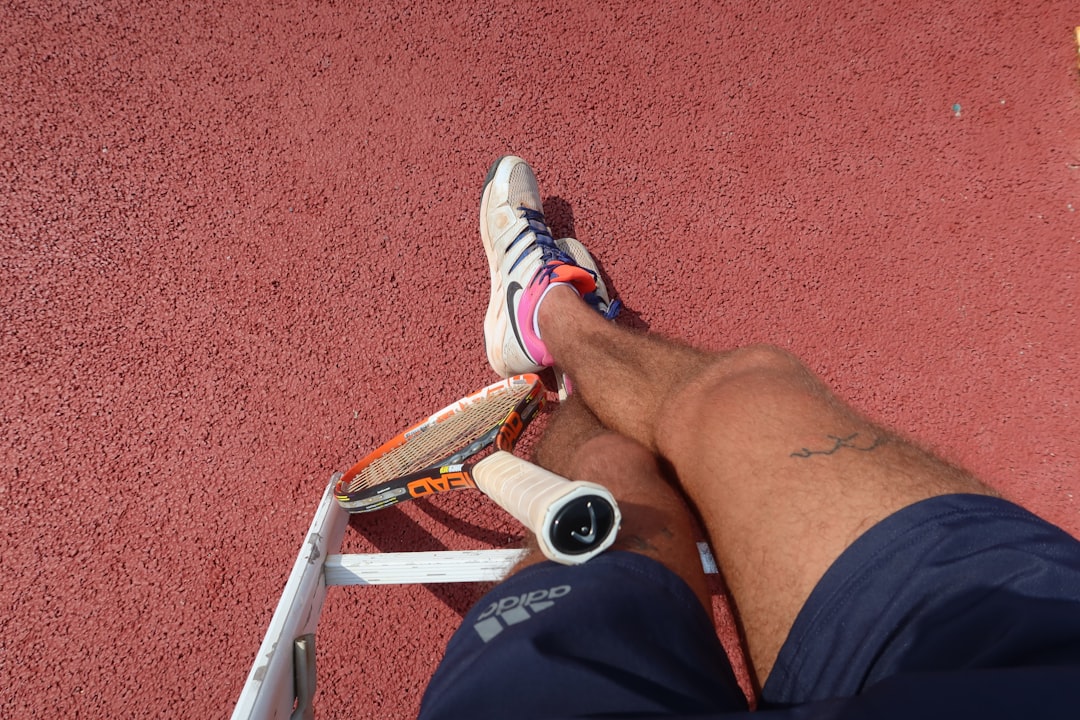When fall rolls around, schools and colleges across the country gear up for the start of a new sports season. With footballs flying, cross-country runners hitting their stride, and soccer teams preparing for kickoff, there’s a buzz of excitement in the air. But behind the scenes, athletic directors, coaches, and students face a complex challenge: balancing rigorous practice schedules and game days with demanding academic commitments. Scheduling fall sports effectively requires organization, flexibility, and communication.
The Demands of Fall Sports
Fall sports often set the tone for the entire school year. Unlike winter or spring sports, fall athletics begin almost in tandem with the start of school. This overlapping timeline creates unique challenges for students who are trying to adjust to new classes while committing to intense training regimens.
Common fall sports include:
- Football
- Soccer
- Cross-country
- Field hockey
- Volleyball
- Tennis (in some regions)
Each sport comes with its own set of requirements for training and travel. For instance, football teams may practice multiple times a week with games on Fridays or Saturdays, while cross-country runners train daily with meets on weekends. These commitments can easily consume 15-20 hours per week, potentially compromising a student’s ability to keep up with homework or participate in extracurriculars.
Strategies for Effective Scheduling
Effective scheduling requires a collaborative approach involving coaches, school administrators, academic advisors, parents, and—most importantly—student-athletes themselves. The key is to create a balanced routine that supports both athletic and academic excellence.
1. Establishing a Consistent Weekly Routine
Having a predictable schedule helps student-athletes plan ahead for homework, study sessions, and rest. Coaches can support this by avoiding last-minute changes and clearly communicating the weekly agenda at the beginning of each week. Likewise, instructors can be flexible with deadlines when they understand a student’s athletic obligations.
2. Prioritizing Time Management Skills
Time management is not only a skill but a necessity. Schools can offer workshops or modules on how to manage time effectively. Equipping students with planning tools, such as planners or mobile scheduling apps, can make a dramatic difference.
Tips for students include:
- Using digital calendars to track both academic and athletic commitments
- Setting reminders for assignment deadlines
- Scheduling short daily study sessions instead of cramming
3. Coordinating Schedules Across Departments
Administrators play an essential role in minimizing conflicts. Teachers and coaches should collaborate to avoid scheduling major exams or assignments on days with big games or distant away matches. Likewise, coaches can consider lighter practices during exam weeks or before significant academic milestones.

4. Utilizing Downtime and Travel Hours
Many student-athletes travel long distances for games. Buses and vans can become mobile classrooms if students are encouraged to use travel time for reading or studying. Coaches can facilitate this by maintaining a quiet and focused atmosphere during the ride or designating a “study hour” before games.
The Role of Coaches and Instructors
Coaches can act as mentors who not only train their players physically but support them academically. Regular check-ins can help identify students struggling to maintain balance and refer them to tutors or counselors as needed.
Meanwhile, instructors should be aware of the pressures athletes face during the season. Extensions on assignments or alternate test dates can be offered to students who show responsibility and communicate in advance. Building this culture of cooperation ensures that no student has to choose between scoring on the field and earning high marks in class.
The Importance of Rest and Recovery
In the race to balance sports and school, one critical area is often overlooked: rest. Physical training takes a toll on the body, and when paired with academic stress, can lead to burnout. Sleep deprivation, injuries, and mental fatigue are all real risks for over-scheduled students.
Parents and coaches should monitor signs of exhaustion and encourage students to prioritize sleep and self-care. Scheduling a day off for complete recovery or practicing mindfulness and stretching routines can enhance overall well-being.

Technology as a Scheduling Ally
Technology has transformed the way schedules are created and maintained. Software like TeamSnap or Google Calendar allows real-time updates, reminders, and even messaging between teams and academic advisors. Student-athletes can sync their academic and sports schedules to avoid overlapping events.
Additionally, some schools use integrated platforms that allow teachers and coaches to share information securely, streamlining communication and reinforcing a holistic view of the student’s priorities.
Success Stories: Programs That Get it Right
Several schools have implemented models for successfully balancing academics and athletics. For instance, some high schools have added structured study halls before or after practice, while colleges may offer early class registration for athletes to select time slots that accommodate training.
One university even developed a mentorship program, pairing first-year athletes with upperclassmen who offer time-management advice and emotional support during the season.
Conclusion: Striking the Right Balance
Scheduling fall sports is more than just placing practices and games on a calendar. It’s about understanding the daily pressure students face and providing a framework that allows them to succeed in both athletics and academics. When schools take a proactive and cooperative approach, student-athletes can thrive in all areas of their lives.
Frequently Asked Questions (FAQ)
- Q: How many hours a week do student-athletes typically spend on fall sports?
- A: Depending on the sport, student-athletes may spend between 15 and 20 hours weekly on practices, games, and travel.
- Q: What is the best way for a student-athlete to manage their time?
- A: Using planning tools like digital calendars, setting daily goals, and scheduling regular study sessions can help manage time effectively.
- Q: Can schools help with scheduling conflicts between sports and academics?
- A: Yes, many schools encourage communication between teachers and coaches to prevent scheduling overlaps and provide academic support when necessary.
- Q: Are there specific apps that help with athlete scheduling?
- A: Apps like TeamSnap, Google Calendar, and Remind can be helpful for keeping track of practices, games, and assignments.
- Q: How important is rest in the athlete’s schedule?
- A: Rest is crucial to physical recovery and mental focus. Skimping on sleep can lead to injuries and academic decline, so scheduling adequate downtime is essential.
